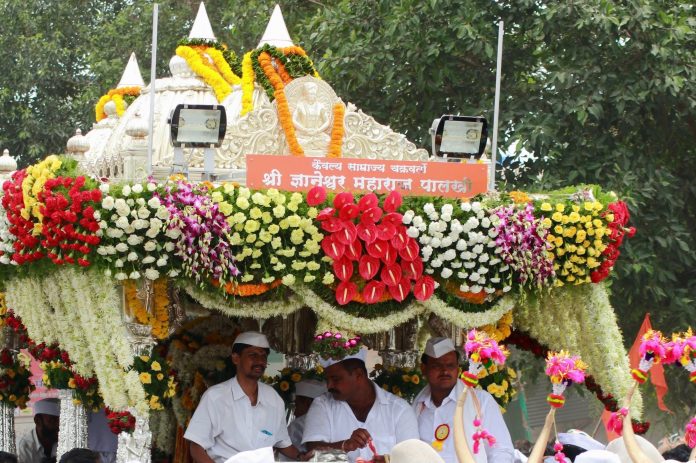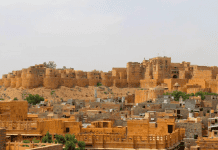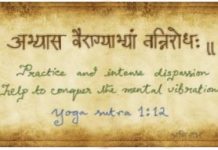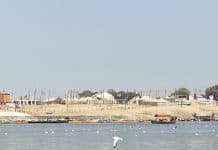Sometimes we need to make that external physical journey in order to make that inward spiritual journey and connect to our souls. That is the essence of the Pandharpur Yatra (pilgrimage) or ‘Wari’ as it is more commonly referred to.
The Wari
Sant Tukaram was the first one to set out on this ‘pada yatra’ (pilgrimage by foot) about 800 years ago. There were around a thousand other devotees with him. They chanted abhangs (holy songs) and sang the praises of Lord Vithoba during their 400 km journey to reach the temple town of Pandharpur. Today, lakhs of devotees lovingly called as ‘warkaris’ take part in this annual pilgrimage.
The warkari
A yatra of this kind enables the warkaris to forge bonds with their fellow warkaris. Concepts like caste, creed, religion, age, gender or financial status cease to matter in the wari. Often people consciously give up the luxuries of their lives to experience intangible concepts like faith, bliss and the spirit of brotherhood. As Sant Tukaram rightly said, “The only prerequisite to join the wari and become a warkari is a heart full of love.”
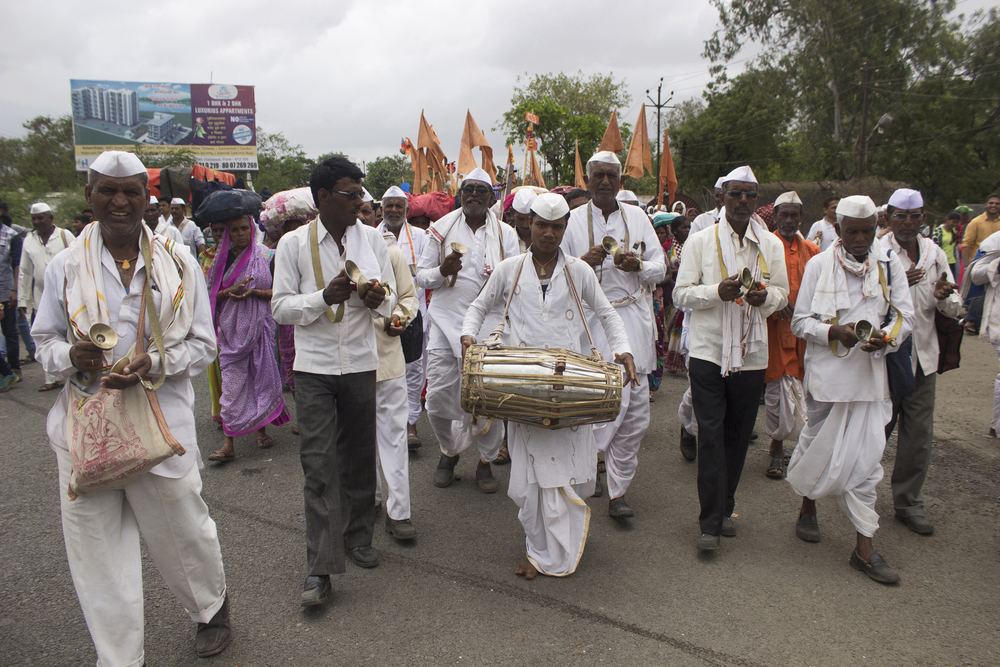
The palkhis
The most significant feature of the Pandharpur Yatra is the tradition of carrying the padukas (footwear) of Sant Tukaram and Sant Gyaneshwar in Palkhis (palanquins). The warkaris pay homage to these padukas to acknowledge the immense spiritual contribution made by these saints.
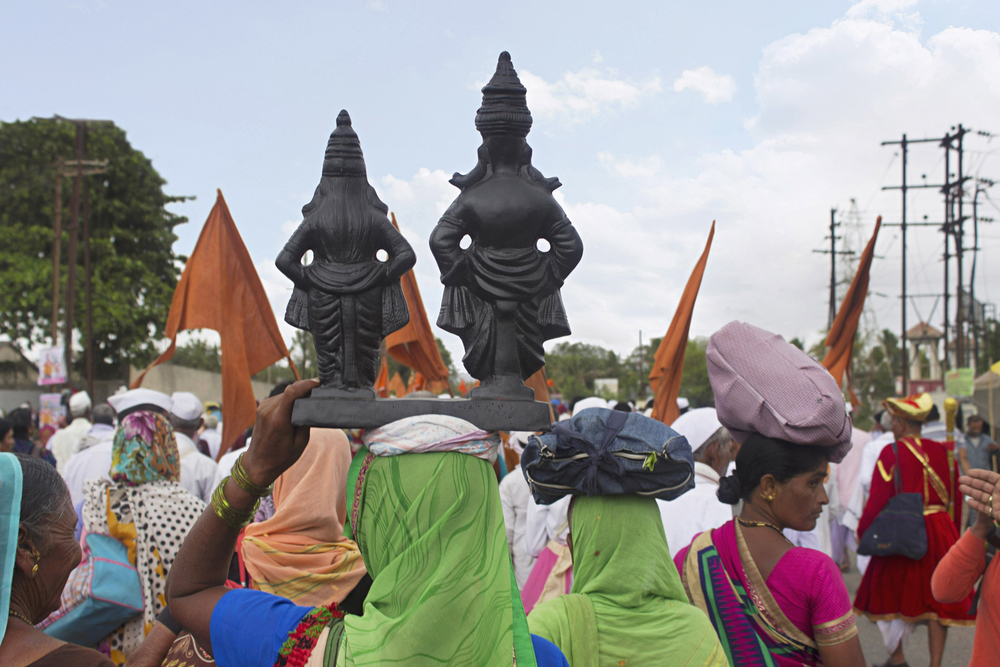
Sant Dnyaneshwar’s Palkhi begins its journey from Alandi and Sant Tukaram’s Palkhi starts from Dehu. Both these places are located in the Pune district of Maharashtra. The warkaris begin their yatra on the seventh or eighth day of Jyeshtha (month of June) and complete it over a period of 18-21 days to reach Pandharpur a day before Ashadhi Ekadashi. They then take a dip in the holy Chandrabhaga/Bhima river before offering their prayers to Lord Vithoba. Various other Palkhis carrying the padukas of other saints also join this yatra at either Alandi or at Dehu or along their journey to Pandharpur.
Life at the Wari
The warkaris lead a simple life at the wari. They wake up early in the morning and take a quick bath in makeshift tents before they begin the day’s journey. A tutari (wind instrument) is blown thrice to announce the start of the pilgrimage. The warkaris play their cymbals and their mridangas (small long drums) while singing abhangs during the pilgrimage.
The entire wari is divided into several smaller groups called Dindis. Each Dindi is lead by a flag bearer followed by women carrying Tulsi (Holy Basil) saplings. All the warkaris observe several fasts and eat only vegetarian food during the pilgrimage.
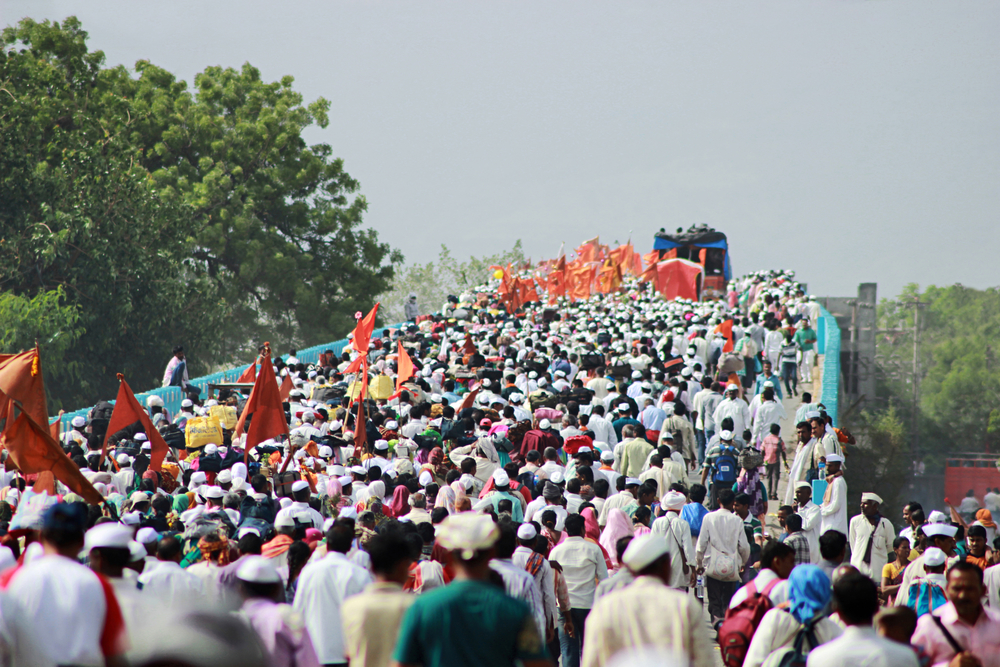
Role of volunteers
A group of volunteers take care of all the needs of their Dindi members. The volunteers of each Dindi cook the food for the warkaris, erect makeshift tents for them and take care of all their needs and belongings too.
The wari goes through several small towns and cities like Pune and Solapur before it finally reaches Pandharpur. People line up along the road when the wari passes through their town/city. They offer their prayers to the padukas of Sant Tukaram and Sant Gyaneshwar and contribute/help in whichever way they can.
Lord Vithoba
At the end of the Yatra, the gleaming black idol of Lord Vithoba greets them. He stands tall and straight, His hands on his hips. His face has that same enigmatic half smile. The stance of Lord Vithoba infuses strength and faith in the hearts of the warkaris and gives them solace during their weakest moments. The Yatra has now come to an end.
The warkaris are free to go back to their hometowns and their families. The external physical journey has ended. But the inward journey has been initiated. The progress of that inward journey can never ever be measured. But to the devout warkaris, such things do not matter. The brief intense connection that they experienced with their Lord has enriched them in several intangible ways. The warkaris are able to experience the inner cleansing of their souls, minds and hearts after being a part of the Pandharpur Yatra. They now know that their Lord is with them and within them. And that alone is enough for them.


